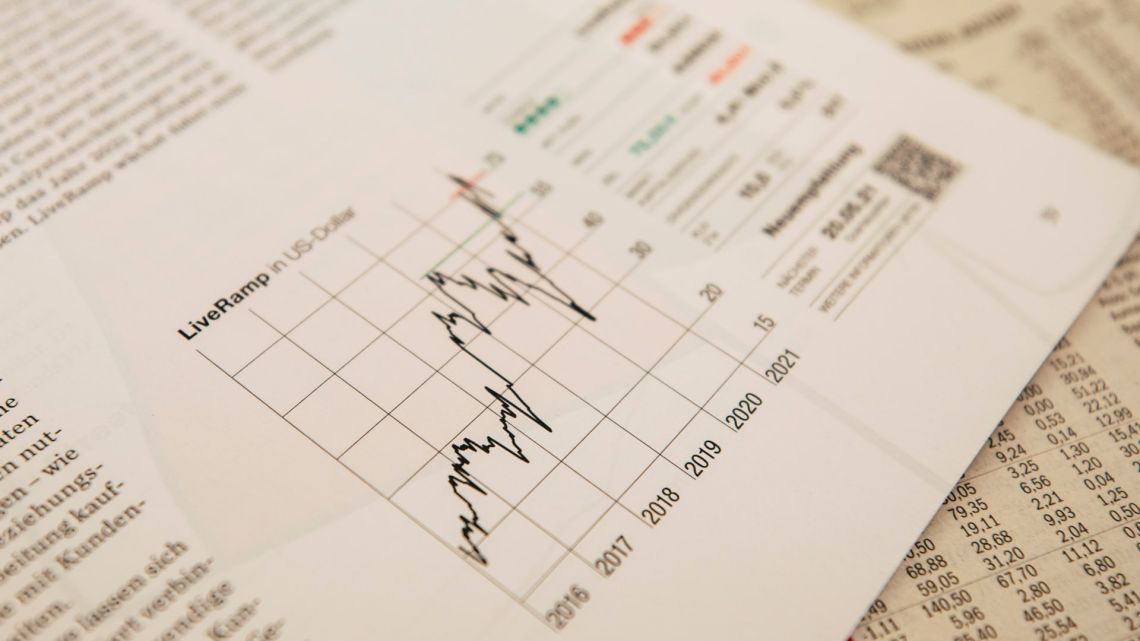
New York Fed President John Williams expressed satisfaction with the current level of interest rates during a discussion at a conference sponsored by Bloomberg News. He acknowledged that monetary policy has achieved the desired effects, but emphasized the importance of closely monitoring data to ensure that rates remain high enough to counter inflation.
Similar to Fed Chair Jerome Powell's recent remarks at Jackson Hole, Wyoming, Williams emphasized the need to carefully assess data in order to determine whether the current level of rates is sufficiently restrictive. He underscored the possibility of raising rates again, if necessary.
Market traders and Wall Street economists largely anticipate that the Fed will maintain rates within the range of 5.25% to 5.5% during their upcoming meeting on September 19 and 20. They expect the Fed to wait for more data before making further decisions.
While some economists believe that the Fed has completed its rate hikes, others predict the possibility of one more increase either in November or December. There is also a smaller group of economists who are concerned that inflation may resurge in the near future, which could prompt the Fed to increase rates to approximately 6% or higher.
Fed officials have consistently stressed the need for the economy to cool down in the following quarters in order to reduce inflation. One significant risk for the Fed is the potential for the economy to continue accelerating. The Atlanta Fed's GDPNow measure suggests that growth could surpass 5% in the third quarter.
The Current State of Inflation: Insights from New York Fed President
With concerns of inflation on the rise, it's important to maintain a measured perspective, according to John Williams, President of the New York Federal Reserve Bank. Williams understands the significance of short-term developments but cautions against overreacting.
One key factor that bolsters Williams' confidence in inflation staying in check is the lack of expectation for high inflation among American households. Surveys indicate that the public does not foresee a significant rise in prices, which aligns with the Federal Reserve's belief that inflation will remain elevated if such expectations persist.
Moreover, Williams highlighted research conducted by the New York Fed, suggesting that the underlying inflation trend is currently hovering around a 2.5% rate. This indicates a departure from the traditional inflation cycle in which increasing job losses are necessary to counter inflationary pressures.
Interestingly, Williams noted that widespread predictions of an impending recession seem to have vanished, further alluding to the stability in inflation levels.
While acknowledging that the unemployment rate may edge up above its current rate of 3.8% and reach about 4% in the near future, Williams emphasized that the impact would not be as severe as in previous cycles.
Although Williams refrained from commenting on the looming auto workers' strike, he made it clear that the Federal Reserve had no intentions of altering its 2% annual inflation target.
In terms of market performance, the stocks DJIA and SPX ended with mixed results on Thursday, while the 10-year Treasury yield BX:TMUBMUSD10Y dipped to 4.25%.
In conclusion, Williams' insights provide valuable perspective on the current state of inflation. With careful consideration of key factors and a focus on maintaining stability, he suggests that overreactions should be avoided in favor of a more measured approach.













Write Your Comment